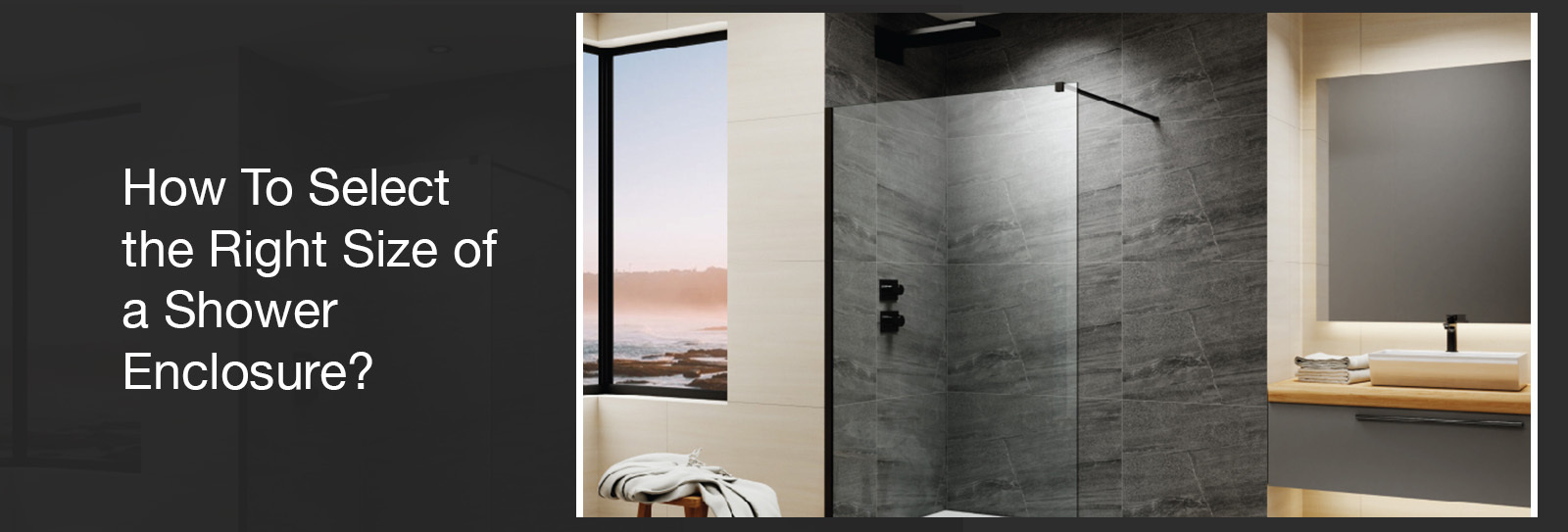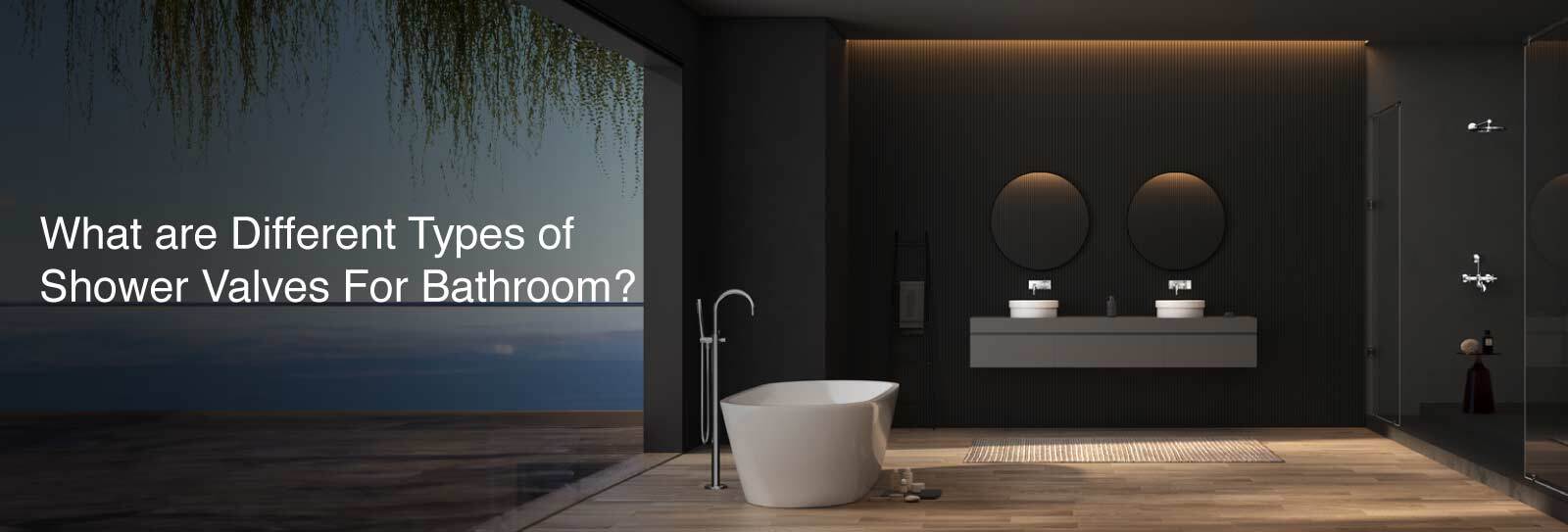How To Select the Right Size of a Shower Enclosure?

Does the sound of soggy bathmats and slippery tiles make you cringe? Stop the daily battle against a wet bathroom floor! Shower enclosures offer a stylish and functional solution, transforming your shower into a relaxing oasis without the messy aftermath.
Choosing the right size for a shower enclosure depends on various factors. The process involves considering the available space, your specific needs, and the overall design of your bathroom. Here are some steps and tips to help guide you through selecting the perfect size for your shower enclosure:
1. Measure Your Space:
- Initial Measurements: Start by measuring the height, width, and depth of the area where you plan to install the shower enclosure. These dimensions will give you a clear idea of the maximum size your bathroom can accommodate.
- Bathroom Size: Consider the size of your bathroom. Smaller bathrooms use a compact shower enclosure, whereas larger ones use a spacious shower enclosure.
- Consider Clearance: Allow sufficient space for doors/panels to open without obstruction, along with room for hassle-free installation and maintenance.
2. Determine the Shape
- Relationship between Shape and Size: The shape of your shower enclosure will affect the size you choose. Common shapes include square, rectangular, neo-angle, and quadrant, each with its own benefits and space requirements.
- Space Optimization: A neo-angle or quadrant shower enclosure can save space for smaller bathrooms, as these shapes fit snugly into corners and reduce the footprint. The Corner entry half-round shower enclosure is an ideal choice for small bathroom spaces.
3. Choose a Door Type
- Swinging vs. Sliding: Different types of shower doors can also impact the size of the shower enclosure you need. Swinging (pivot or hinged) doors require additional space to open outward, while sliding doors, like Optima wall-to-wall shower enclosures, are ideal for tighter spaces.
- Door Placement: Consider where the door will be placed with bathroom fixtures and the overall layout to ensure it can open freely without obstruction.
4. Consider User Needs
- User Space: Shower enclosure size depends highly on the users. Larger enclosures are more comfortable for taller individuals or those who prefer more space.
- Accessibility: It is recommended that a larger enclosure be installed for a person with a physical disability so that the bathroom space can accommodate assistance devices or ensure barrier-free access.
5. Factor in Aesthetics and Design
- Visual Space: Larger enclosures can make a bathroom feel smaller, but clear glass can help maintain a sense of openness. Consider the visual impact of the enclosure size on your bathroom's design. To enhance your bathroom's aesthetics, you can choose a walk-in shower enclosure like Walk-in Panel-Clear Glass from Jaquar.
- Consistency: Ensure the shower enclosure's style and size complement your bathroom's overall design theme.
6. Ventilation
- Adequate Airflow: Proper ventilation is crucial in a bathroom to prevent mould. Larger shower enclosures require more effective ventilation solutions to maintain air quality and moisture levels.
- Consider Ventilation Options: Ensure your bathroom fan or ventilation system is adequate for the size of the shower enclosure you choose, especially if it's significantly larger than a standard shower.
7. Water Heating Capacity
- Hot Water Supply: A larger shower enclosure can potentially use more hot water, especially if it includes features like body jets. Ensure your water heater can meet the demand without sacrificing comfort.
8. Cleaning and Maintenance
- Ease of Cleaning: Larger shower enclosures can be more challenging to clean due to their size and increased glass and tile surface area. Consider the materials and design of the enclosure for ease of maintenance. An L-shaped shower enclosure is a good choice for ease of cleaning.
- Accessibility for Repairs: Check that there's enough space around the enclosure to allow for easy access to plumbing and fixtures for maintenance or repairs.
9. Lighting
- Natural and Artificial Light: Consider how the size and placement of the shower enclosure will affect the bathroom lighting. Larger enclosures might block natural light sources, necessitating additional artificial lighting solutions.
- Lighting Considerations: Plan for adequate lighting inside the shower for safety and comfort. This might include waterproof recessed lighting or an illuminated shower head.
10. Budget
- Cost Implications: The size of the shower enclosure can directly impact the cost. Larger enclosures require more materials and more complex installation efforts, which can increase the overall price.
- Balance Needs and Budget: Determine what you need versus what you want within the constraints of your budget.
Think about these factors for a shower enclosure that perfectly combines style, function, and your needs. Jaquar, a global leader in bathware solutions with an unbeatable 10-year warranty, offers a stunning range of shower products to transform your bathroom. Experience the Jaquar difference and elevate your home!
FAQs:
Q. Do you install shower doors before tiles?
A. No, first the wall and floor tiles are installed then you can install the shower doors.
Q. How long do shower doors last?
A. The shower doors can last more than 30 years if maintained properly.
Q. What is the most common shower door?
A. The most common shower door is a clear glass door.








